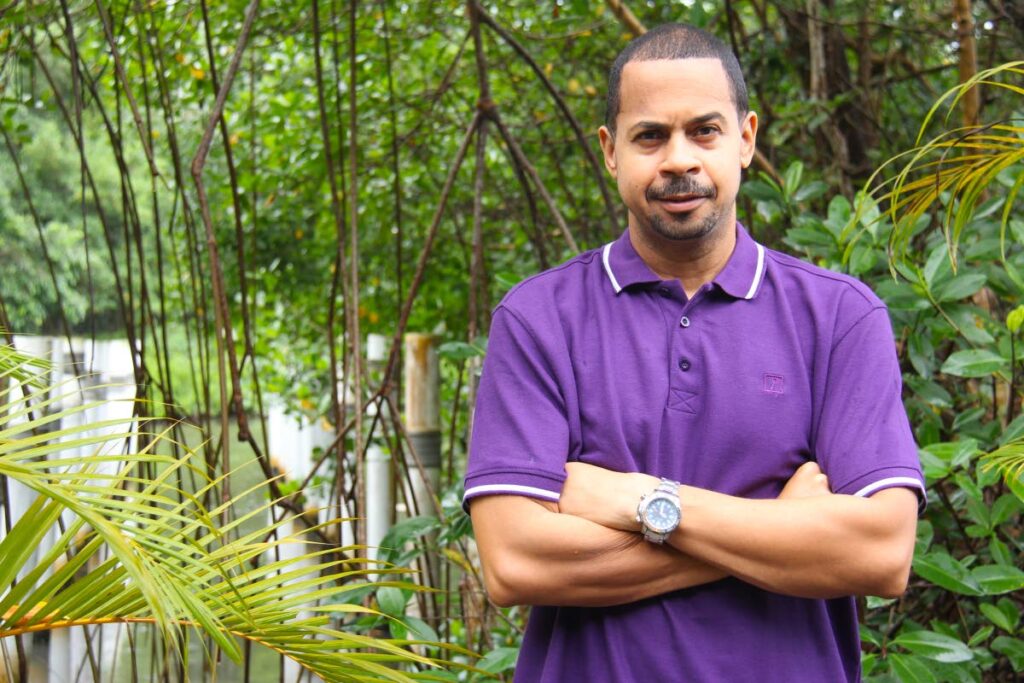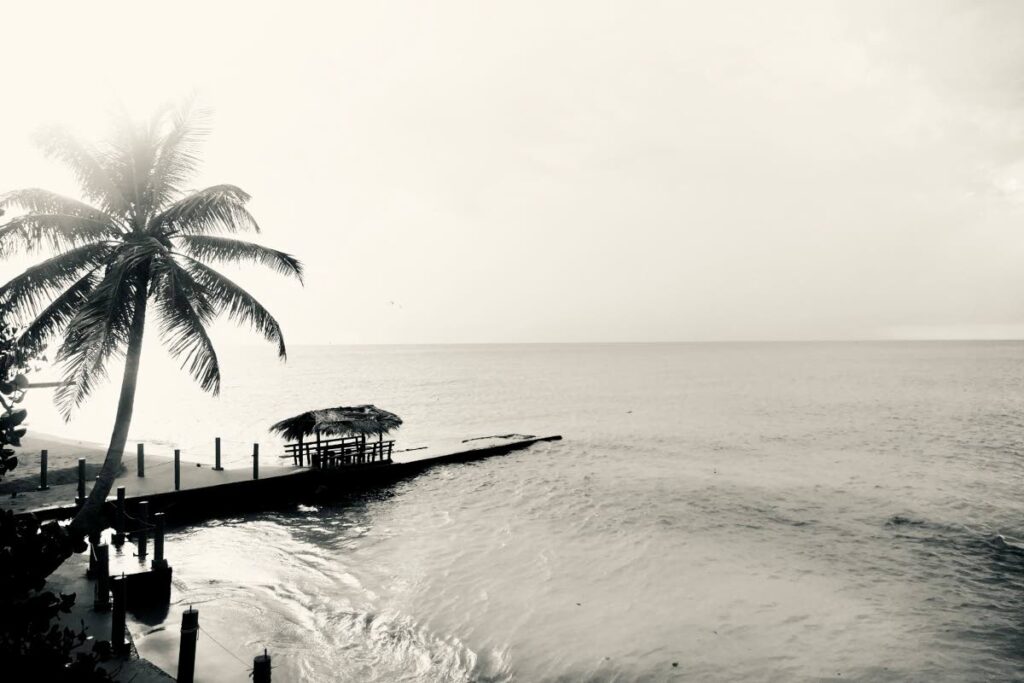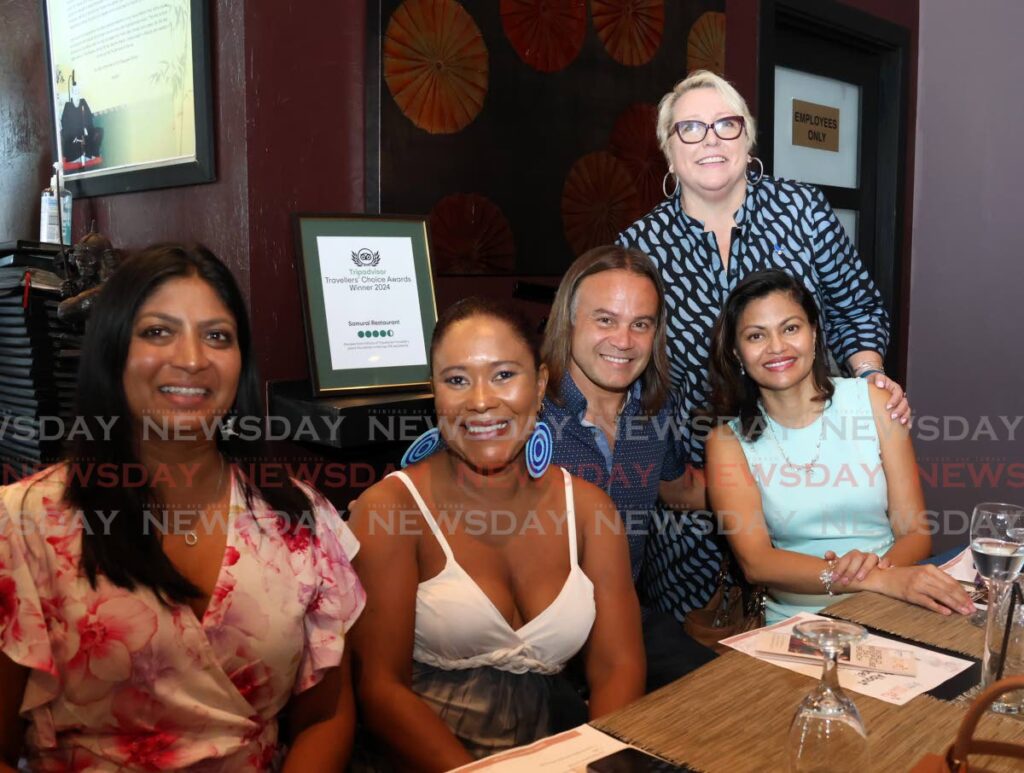Christine Norton takes viewers to The Island
Written by Janelle De Souza on October 27, 2024
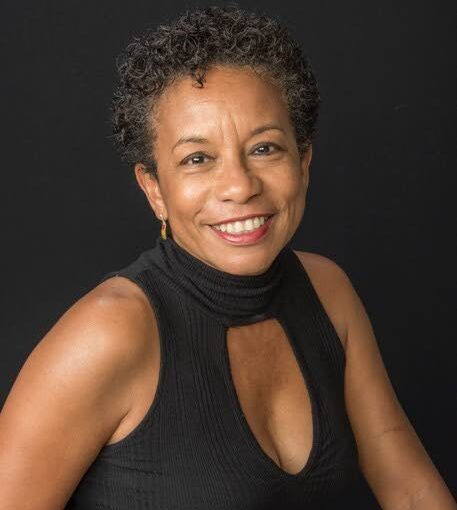
HAVING lived abroad for 34 years, islands represent places of refuge, mindfulness, peace and renewal to humanist photographer Christine Norton.
And in her newest exhibition The Island: Remember to Pray, she is encouraging viewers to understand there is a quiet side to life, and to see and create it for themselves.
“The island is a utopian space where people take refuge, find inspiration and enrichment, build resilience and stay quiet in the face of everything else that is happening in daily life.”
As a humanist photographer Norton, 68, takes photos of everyday life, mostly in low-income communities. She said The Island is not about Trinidad and Tobago. Although some images would be recognisable and relatable to Trinidad and Tobago, it is not the only country in which that is so.
“I enjoy that work but sometimes I feel that it’s not enough. I want to do more. Therefore this show, The Island, takes me way beyond photography.
“I’m sketching, I’m painting digitally and filling it with colour and texture to express this utopian space which I’ve named The Island.”

Street Cricket by Christine Norton. –
She said people create personal islands to rise above everyday life and survive its challenges. She said the practise is notable in people from islands and believes the environment, with easy access to the calming effects of the sea and greenery, makes it more conducive.
“But, of course, we know when we live in these islands, in these places of refuge so to speak, that there are many challenges happening in everyday life like crime, and a lot of things coming at us that have not yet arrived fully like climate change.”
Some people respond with the use alcohol or other vices to give that sense of escape while others find more mindful ways like spending time with beloved friends and family.
There are lines across each of the 30 pieces of The Island which use vibrant colours to depict everyday scenes – a beach house near the water, men liming, female friends spending time together at a salon, youths playing cricket on the street, a market scene and a fishing village before people get to work.
She explained the lines are louvres in front of which she places the viewer so they are looking in on the island. They also represent the barriers separating where people are and where they want to be, and what they need to push through.
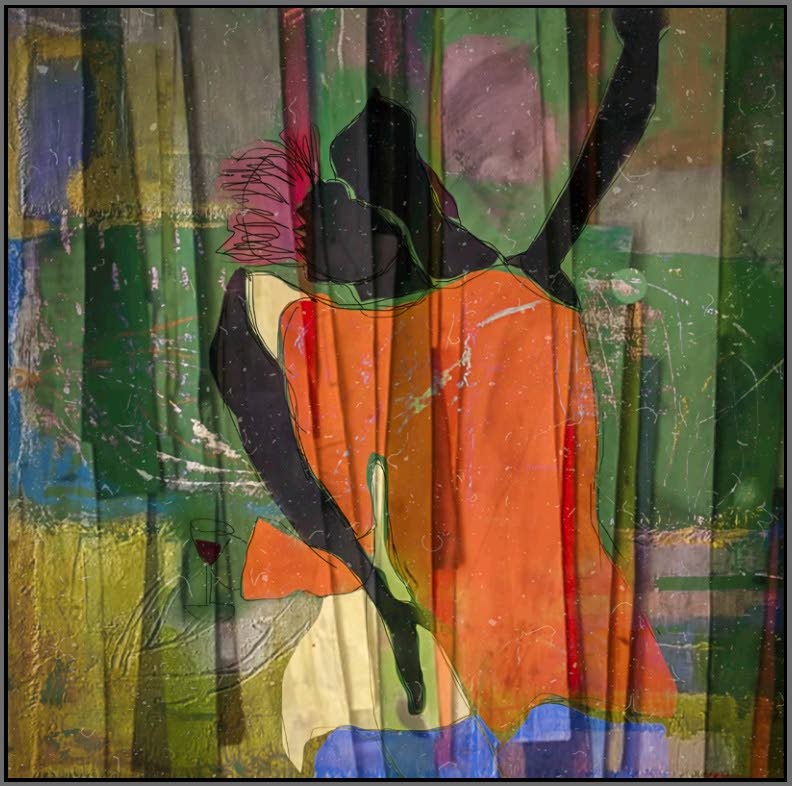
Necking in the Yard by artist Christine Norton. –
She also uses layers to show complexity as life is not straightforward.
“You have to make the effort to feel the silence. Because in reality, that is exactly how it is. We live with a lot of noise and stimulation, and we have to cut trough the noise to create a place of refuge. You have to remember to pray and believe there is another way.”
“I see these places here amidst the noise and I’m lucky sometimes to experience them. I seek them out too because, even though I love parties and Carnival and all these things, I feel overwhelmed by the activities happening all year.
“But that’s just me. So I mix it up and get some quite sometimes.”
Art is her island
Norton returned to Trinidad and Tobago in 2015 when she retired after 34 years of living and working with the UN in various countries around the world.
She lived in or visited numerous countries in Europe, Asia, Africa, the Caribbean and the Americas including Switzerland, Thailand, New York, Belize and Barbados.
But Trinidad and Tobago was always home, the place she felt most comfortable.
Consciously and unconsciously, she compared Trinidad and Tobago to these places, realising everywhere had positive and negative aspects. Now she sees the country more objectively and is constantly observing Trinidad and Tobago and its inhabitants, and its differences and similarities with other lands.
She told Newsday Trinidad and Tobago has a lot of richness, warmth and potential. She believed the crime situation in Trinidad and Tobago is temporary and it could be corrected if the right choices are made and people invested in youths.
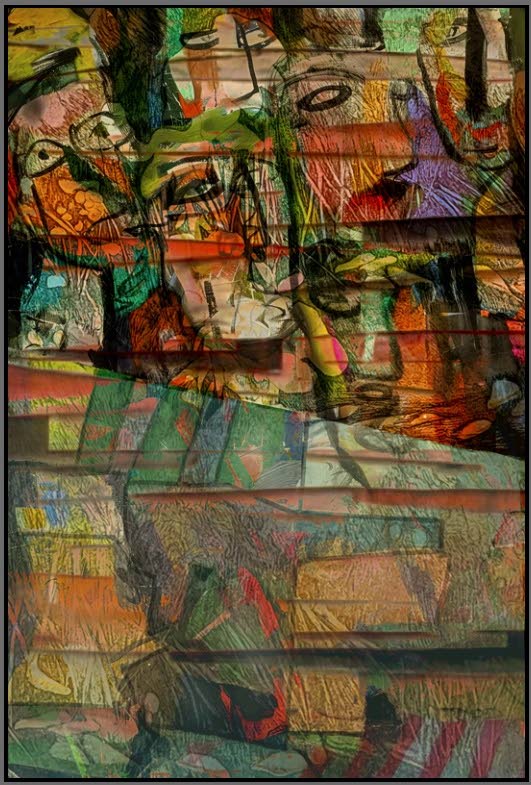
At the Lookout by Christine Norton. Photo courtesy Soft Box Gallery. –
Norton’s father was the well-known photographer Noel Norton. She said she grew up surrounded by photography, so it is her first and core form of expression which she uses to record what she sees.
She has a BA in French and psychology from McMaster University in Canada and a MSc in law and science from Queen Mary University of London.
She recalled her father faced many issues related to copyright during his career. He also travelled a lot for work, especially when he worked with Vogue. When he returned, he would show her and her five siblings slides of exotic places.
It shaped her entry to photography and creativity, sparked her interest in what was going on in the world and directed her in her fields of study.
In 1985 she left Trinidad and Tobago to work in Geneva, Switzerland.
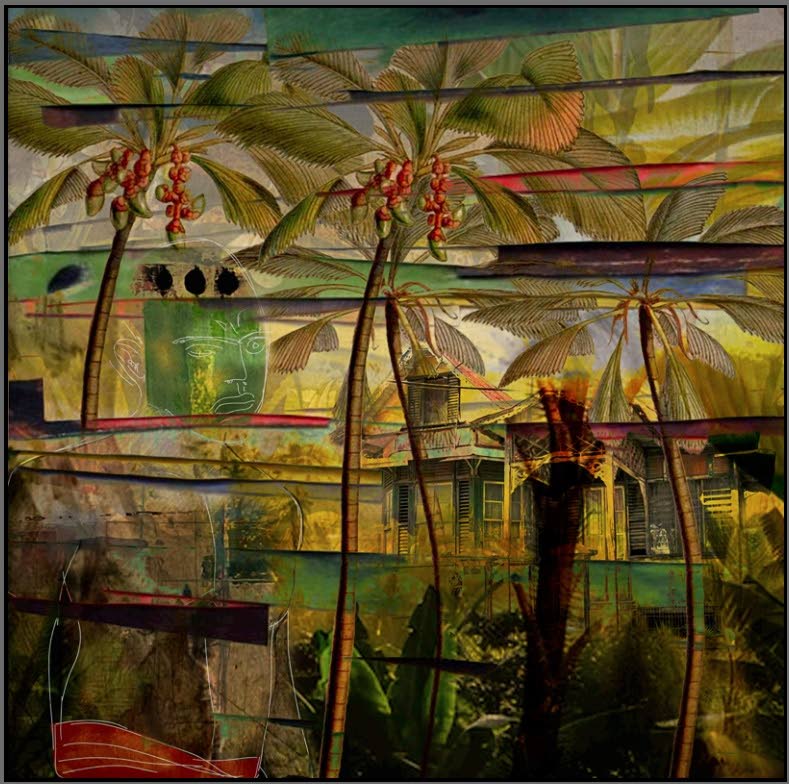
Christine Norton’s When I Woke it was Daylight, will be in the The Island: Remember to Pray exhibition at Soft Box. Photos courtesy Soft Box. –
While abroad she took thousands of photographs, many of which she never developed or showed.
Although she had no formal education in photography or digital art, she did a number of workshops with Nikon Mentors and National Geographic, went on trips with the organisation, had full access to her father for guidance and explored on her own.
When she returned to Trinidad and Tobago, she had a lot to say and wanted to express herself. And she had the time to do so.
Her first published photo was in Circle Arts Magazine in 2017, and her first exhibition was Represent Exhibition at ThinkArtWork Studio in 2018.
Her work has been published by National Geographic, Unicef and other international platforms. And she has received numerous awards and accolades from organisations such as the Art Society of Trinidad and Tobago and Prix de la Photographie, Paris.
Norton said she started deviating from traditional photography because she did not want to limit herself when digital work allowed her to see other dimensions.
“I find that photography is not allowing me to express everything that I want to say. At a certain point in my earlier work, I used a QR code to record sound and then I began writing on my work, the comments people made.
“Then I decided to cut up my photography and placed the people how I wanted. I added textures, newspaper, whatever – almost like digital collage. It’s my work, I could do what I want. I decided what it is I wanted the picture to be.”
In The Island she deviated even further. While she previously sketched on or added to her photographs, this time she used photography in only a few of her drawing.
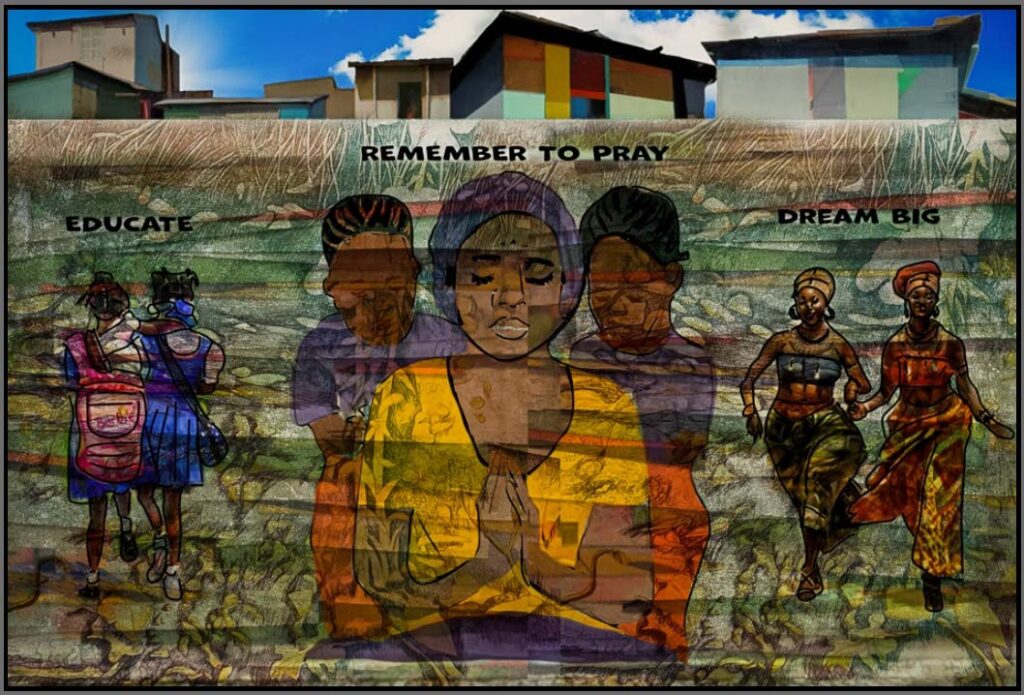
Remember to Pray by Christine Norton. Photos courtesy Soft Box Gallery. –
One reason for the change is because she did not feel safe going out early in the morning or on evenings, when the light is right for her photos, by herself with her equipment.
“I can’t stay there with my back turned for a while, camera in hand and be grabbed – because that is what’s happening out there. It’s not safe.
Since her art is her island – her place of refuge, inspiration and quiet, her form of expressing what she wants to say to the world – she found a way to continue by using another medium.
“Of course I don’t want to stop all expression, even if I can’t use my cameras as easily as I could before. I needed to find another way to express so I said I’d just draw what I’m thinking.”
She said he completely agreed with Maria Popova that, “All creative work… is a hand outstretched in the dark, reaching not for visibility but for the light that lives between us. Reaching for connection.”
And that has been an inspiration to her – seeing and feeling things, and wondering if others see and understand them as well.
The Island: Remember to Pray will be at Soft Box Gallery, St Clair until November 9.
The post Christine Norton takes viewers to The Island appeared first on Trinidad and Tobago Newsday.

